Plants are like people, they prefer good company, and companion planting is simply about growing the right plants beside one another so that each benefits from its neighbour. We asked experienced allotment grower, Lee Senior, for his top tips on what to grow with your vegetable plants to keep pests at bay. Here’s his expert advice.
This article was reviewed by the Suttons horticultural team and updated on 2 April 2024.
How does companion planting work?
Companion planting works in several ways:
- Masking: Pests like carrot fly rely on smell to find their host plant. Some companion plants help to defend each other by masking the enticing scent and preventing the local pest population from finding their target.
- Repelling: There are some plants that pests just don’t like the smell of. For example, if you plant marigolds close to your tomato plants, whitefly is repelled by their scent, helping your tomatoes to thrive.
- Attracting predators: Some companion plants actively attract beneficial natural predators. A good example is mint, which attracts ladybirds. If you plant this aromatic herb close to crops that struggle with greenfly, the ladybirds will quickly dispatch these pesky bugs!
There are other more subtle benefits of companion planting too, such as intercropping. This temporary form of companion planting involves sowing a fast-maturing crop with a slower growing one. It’s a clever way to make maximum use of limited growing space. For example, fast-germinating radish is great when sown with slow-germinating parsnips. The radish can be up within a matter of days while the parsnips can take up to four weeks. The radish doesn’t compete with the parsnips for moisture or nutrients as it matures in around four weeks. It also helps to mark the row.
The best companion plants to boost your veg patch
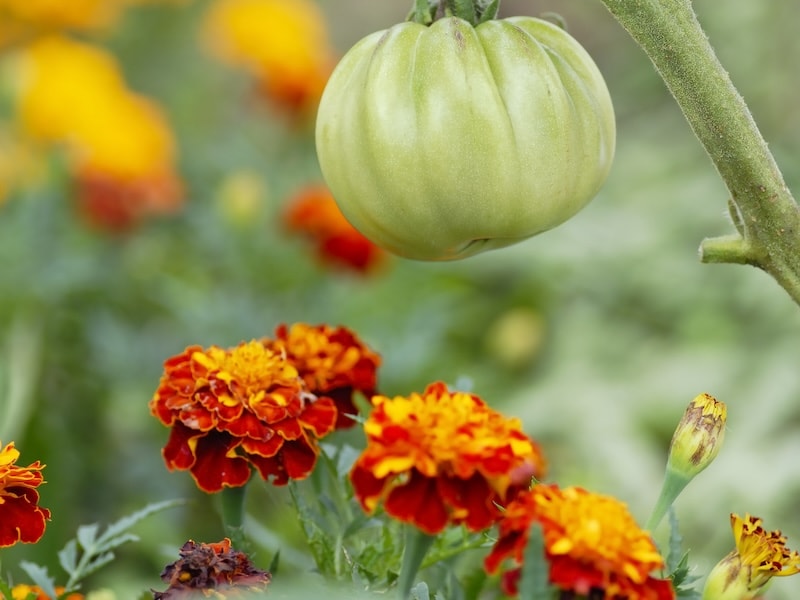
Image: Suttons
If you’re keen to incorporate companion planting into your veg patch or allotment, here are some of my favourite plant combinations to get you off to a good start…
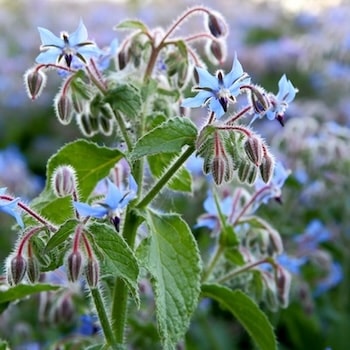
1. Borage attracts pollinators
Sow borage seeds for the ultimate bee magnet and to attract all sorts of important pollinators to your garden. Borage will attract honeybees and bumblebees to your garden, so it’s perfect for planting near your fruit plants. It’s happy in sunny or shady spots, so you can use it wherever you need to.

2. Mint repels pests
Known as the portable pest-repellent, mint is great for growing in containers and will help keep pests away. Ideal for growing near your cabbage and cauliflowers, mint seeds can just be sown into pots and placed beside the veg that need help.
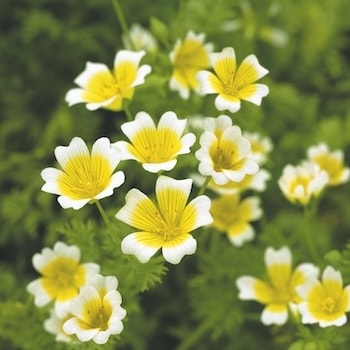
3. Poached Egg Plants attract pest-eaters
Not only does the Poached Egg Plant look beautiful, but those white and yellow flowers attract ladybirds and hoverflies who love to feast on pesky greenflies. A clever way to protect beans and other veg that’s blighted by the greenfly, this pretty little plant is a popular one for protecting our plots from predators. Direct sow hardy poached egg plant flower seeds in spring or September.

4. Marigolds defend tomatoes
As mentioned, marigolds should be grown alongside tomatoes to repel pests and safeguard your fruits. Marigolds are a powerful companion for defending crops, so if you only try one of the suggestions on my list, pick this one.
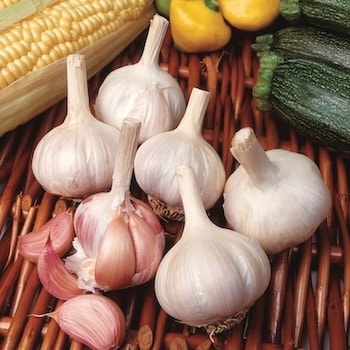
5. Garlic protects carrots
The pungent scent of garlic helps to mask the smell of carrots, making it harder for the troublesome carrot fly to find its host. Chives, maincrop onions and spring onions are also beneficial planting companions. The smell of the carrots can also deter the onion fly, providing a win-win scenario!
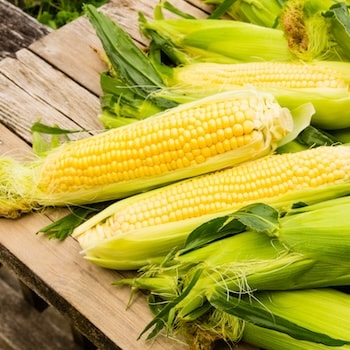
6. Tall vegetables provide beneficial shade
Pairing particular plants can also be a great way to maximise space in your garden. Why not place taller plants so that they can shade those that don’t like direct sunlight? In effect, this creates a micro climate. Taller veg such as Jerusalem artichokes, maincrop peas, runner beans and sweet corn provide shade that benefits crops such as lettuce and spinach that prefer cooler conditions.
We hope this has given you plenty of ideas on how to use companion plants to your advantage. Find more of Lee’s practical, hands-on, vegetable growing advice over at his monthly allotment pages.
Lead image: Shutterstock

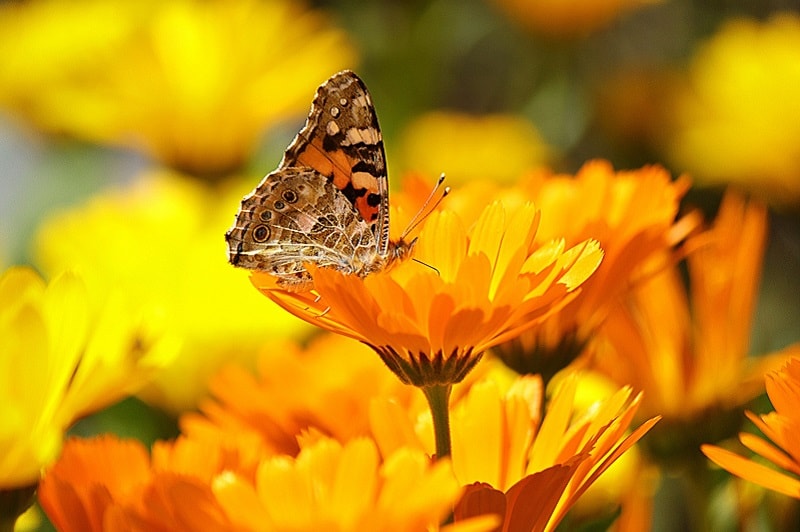

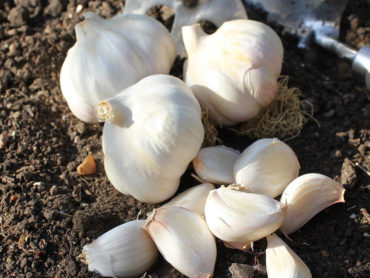
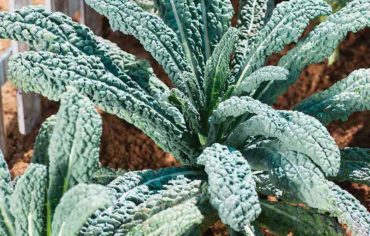
I found your article about companion planting really informative thank you . I’m going to attempt to work on my first veggie patch wish me luck.